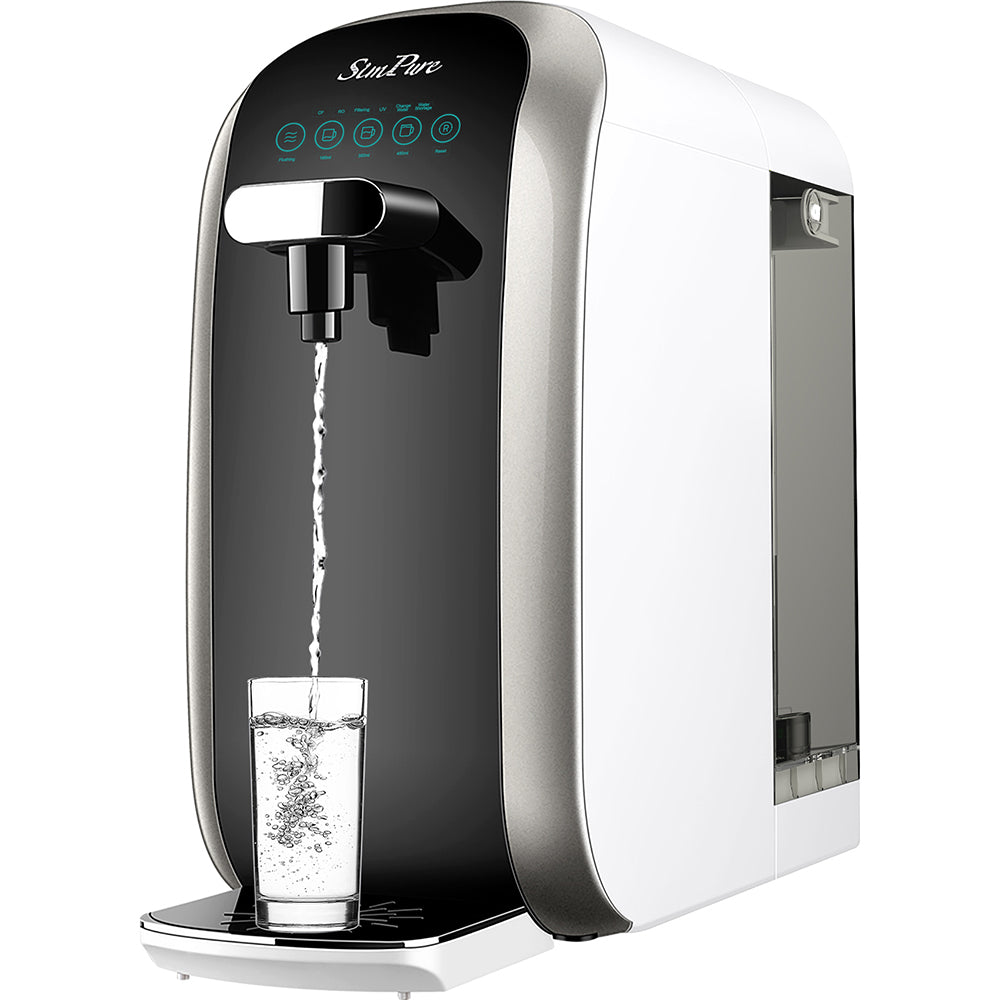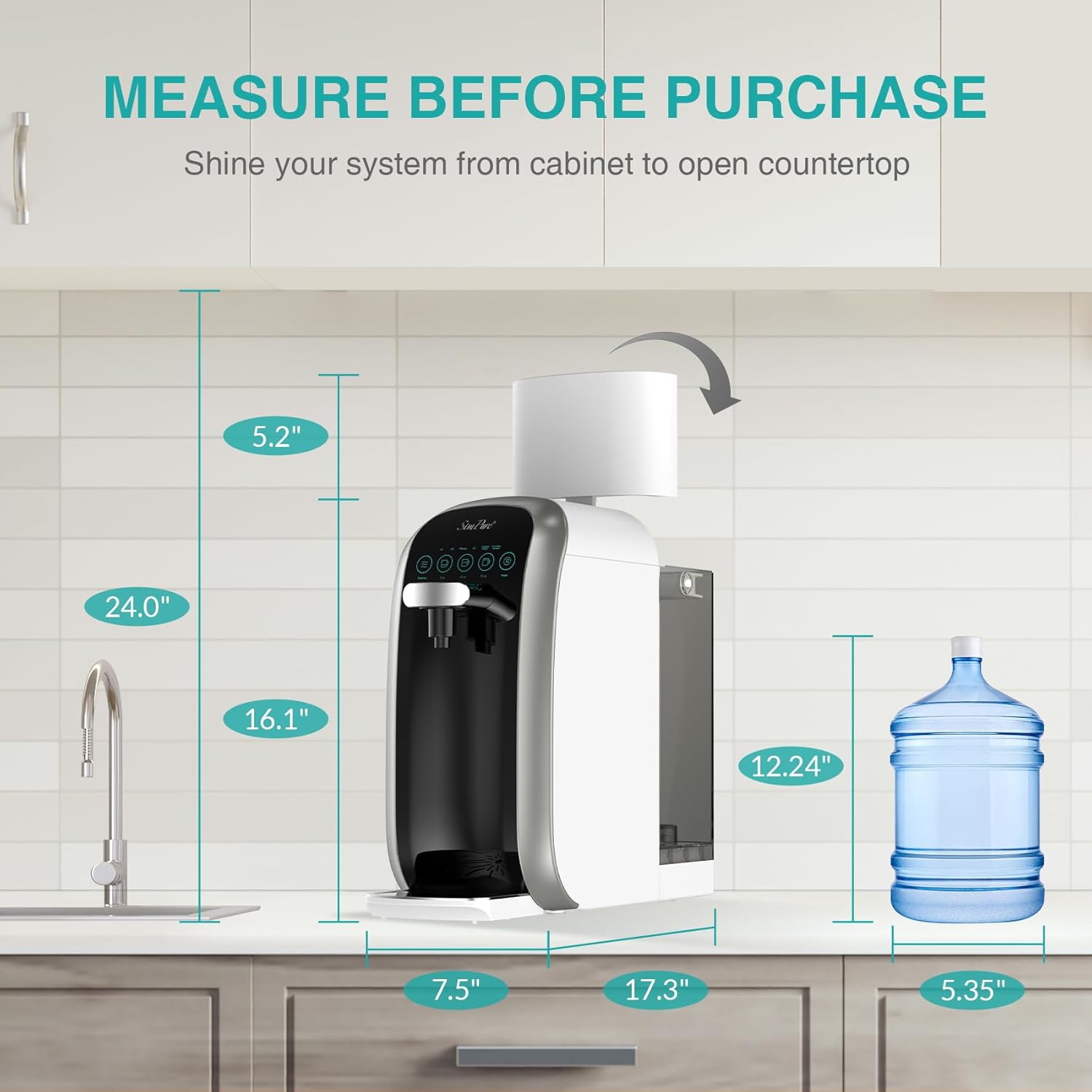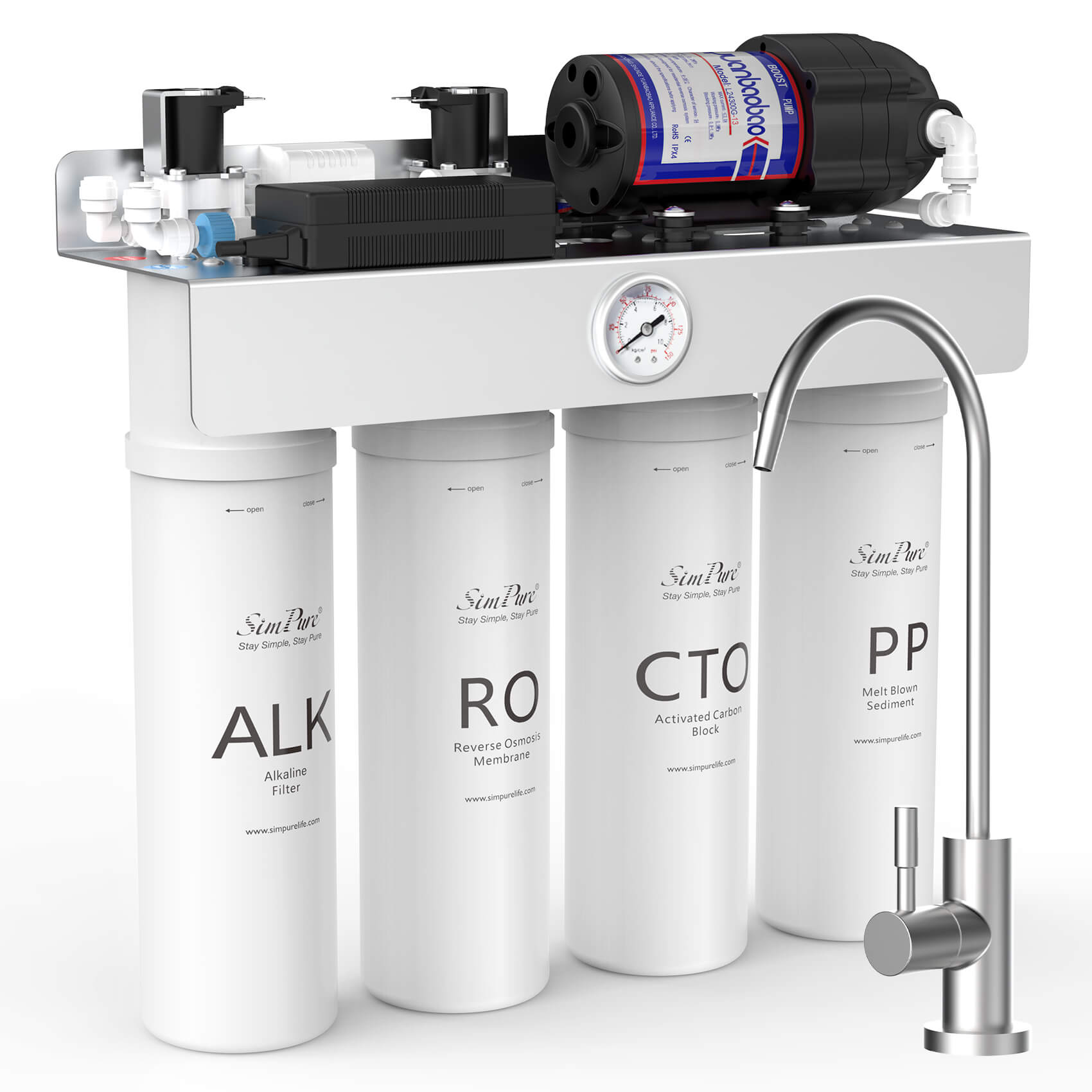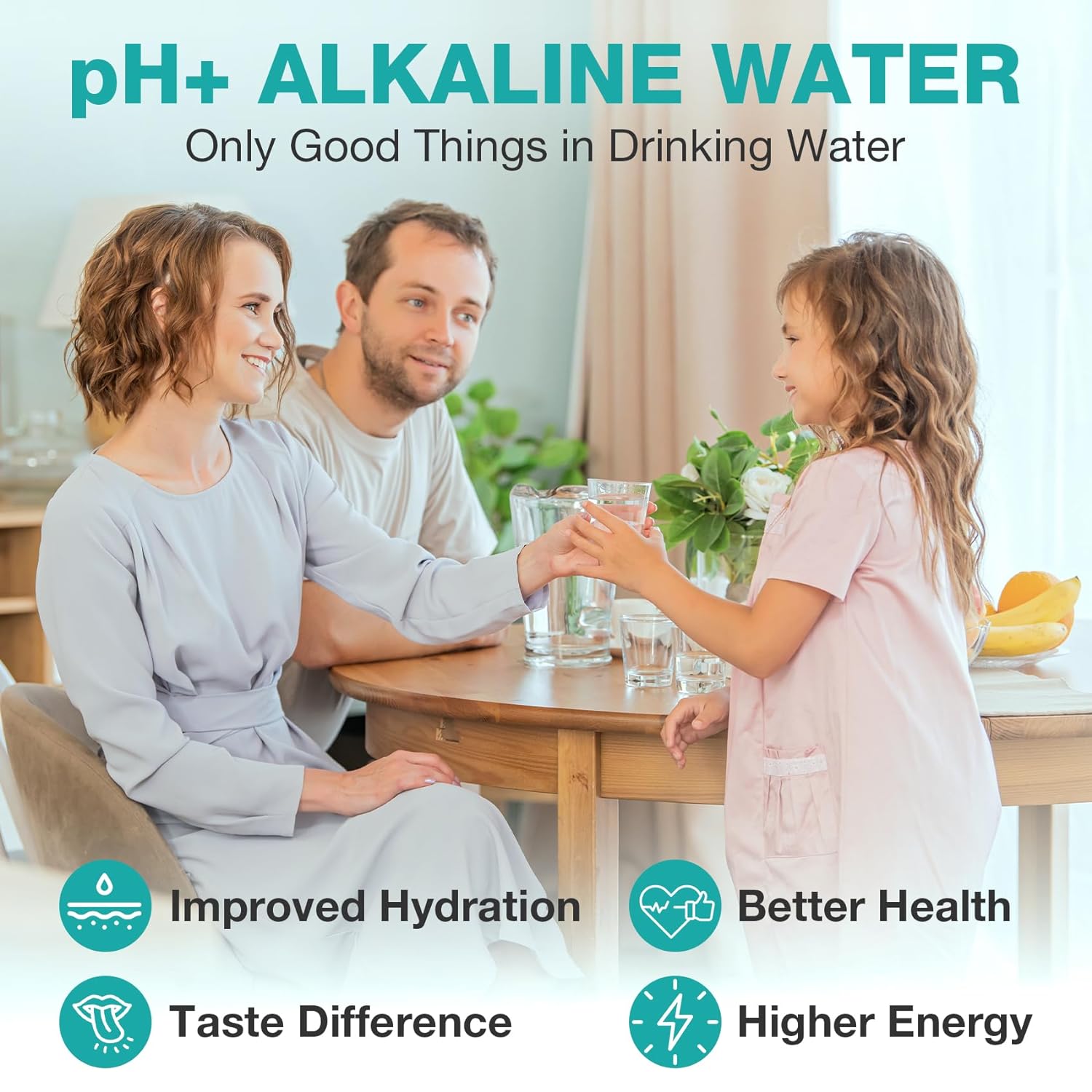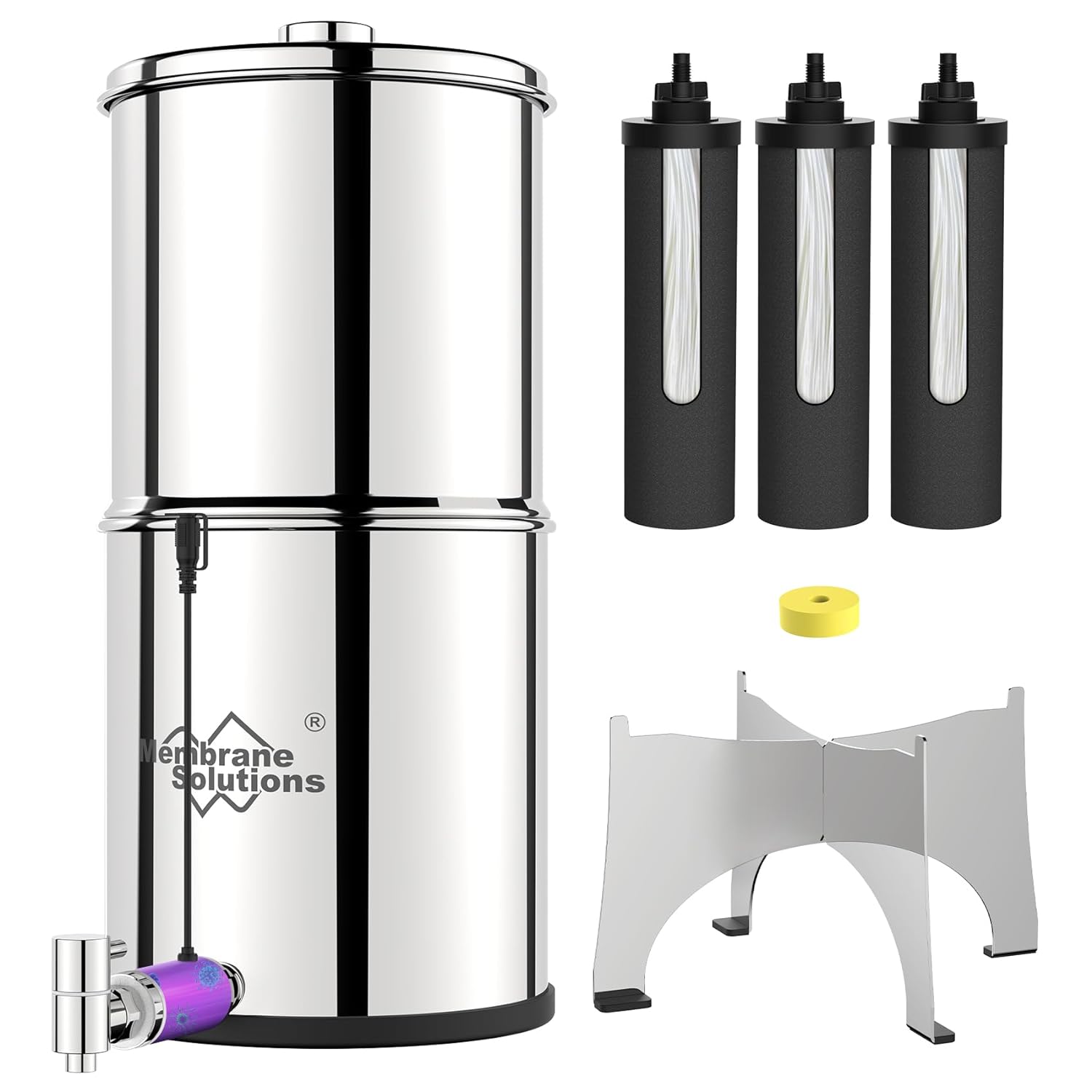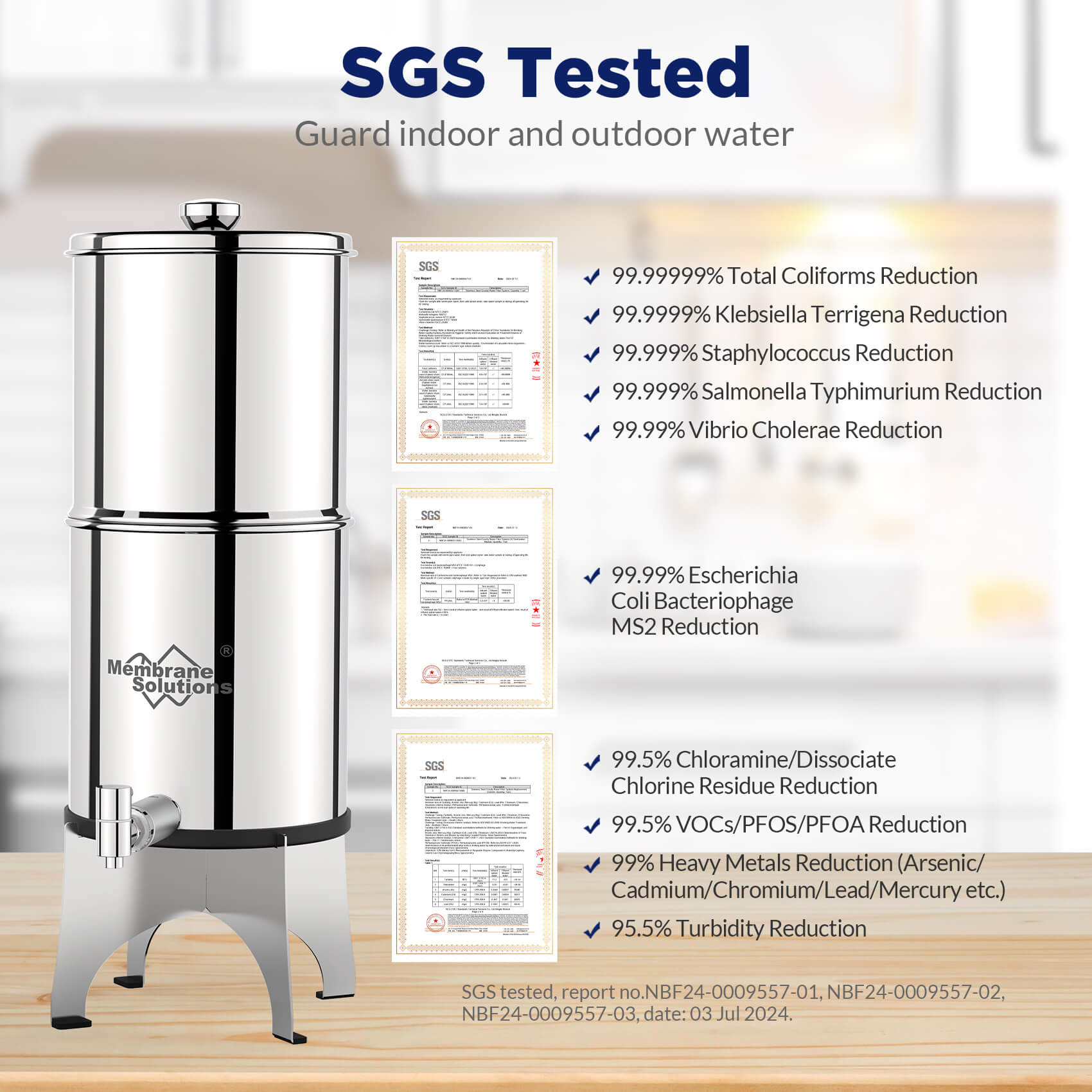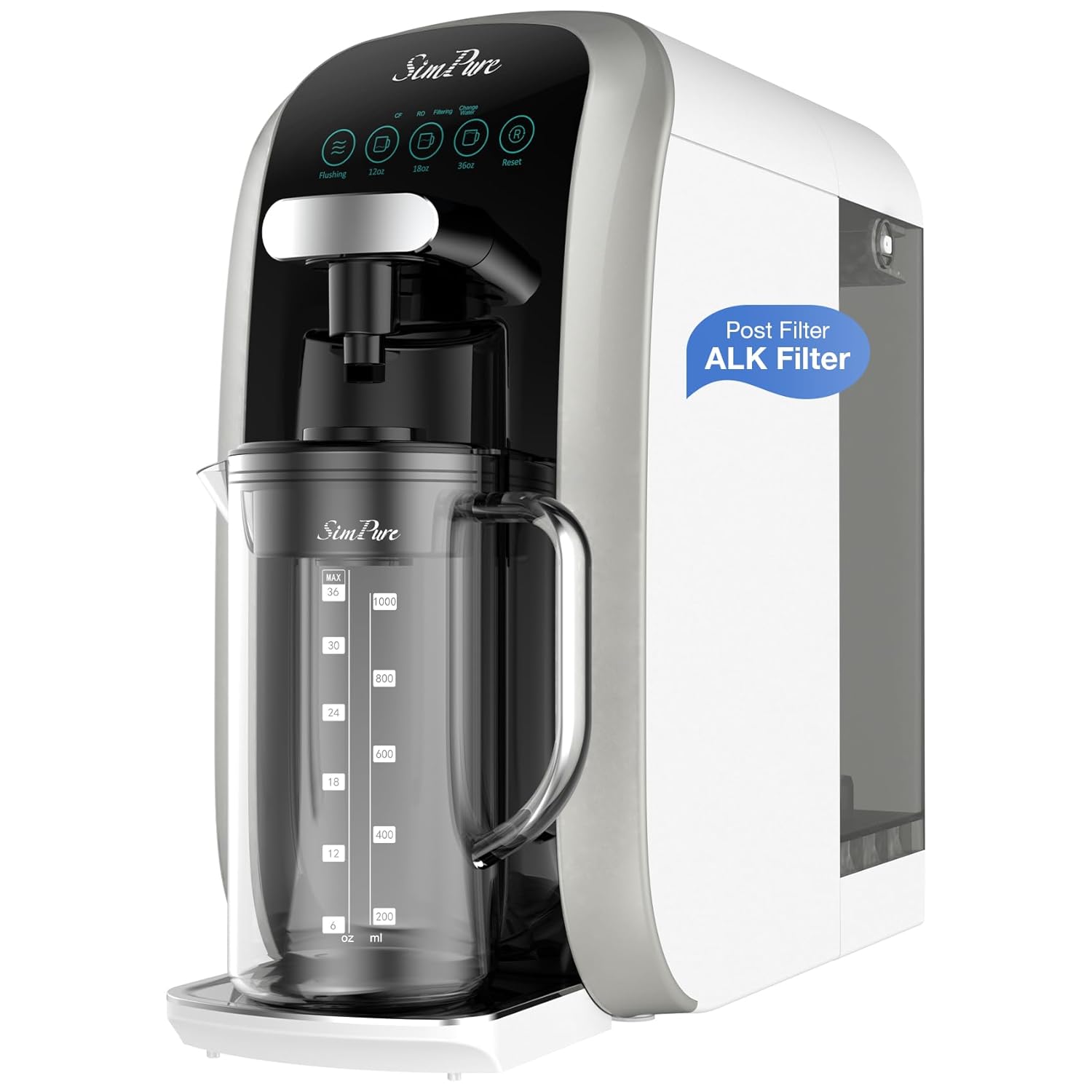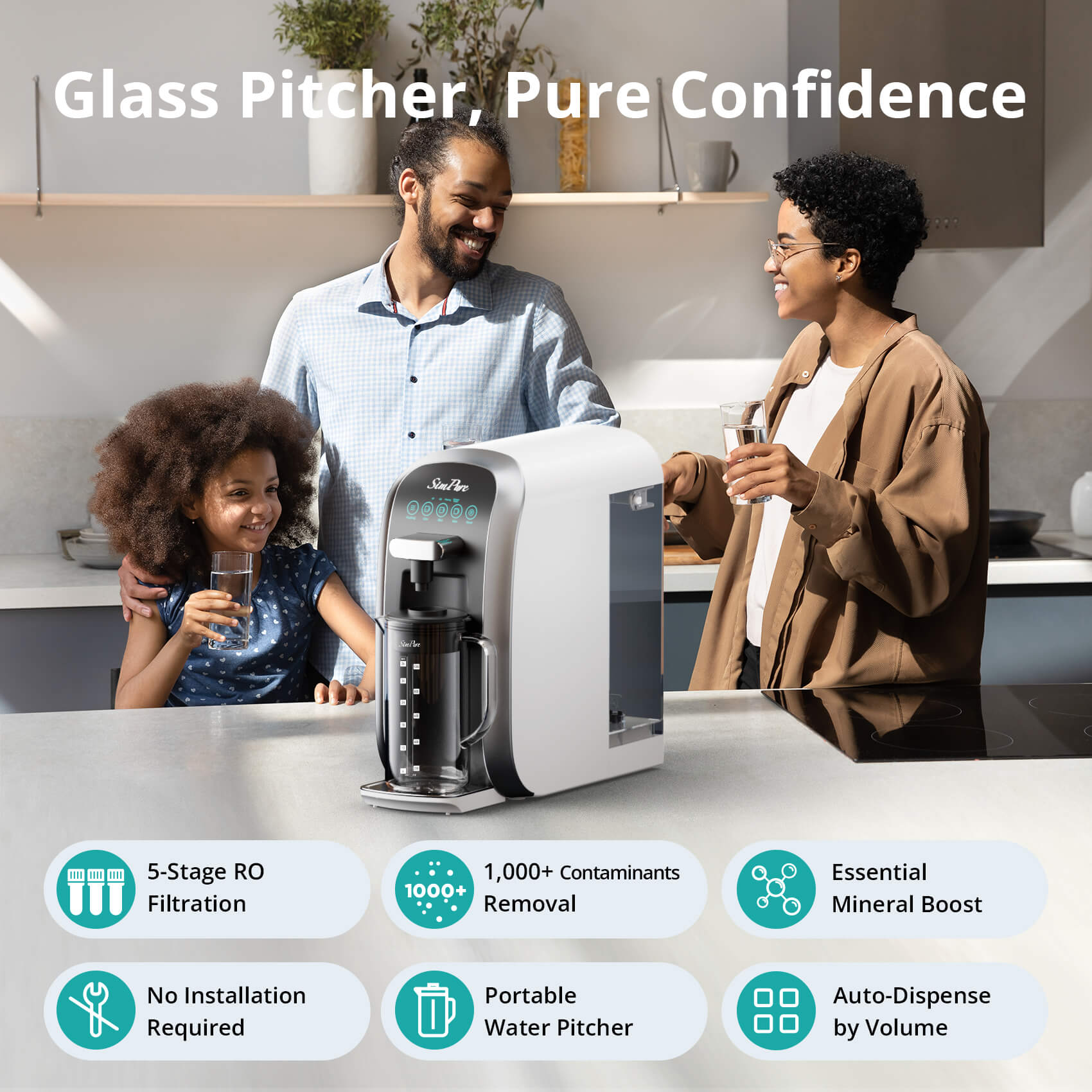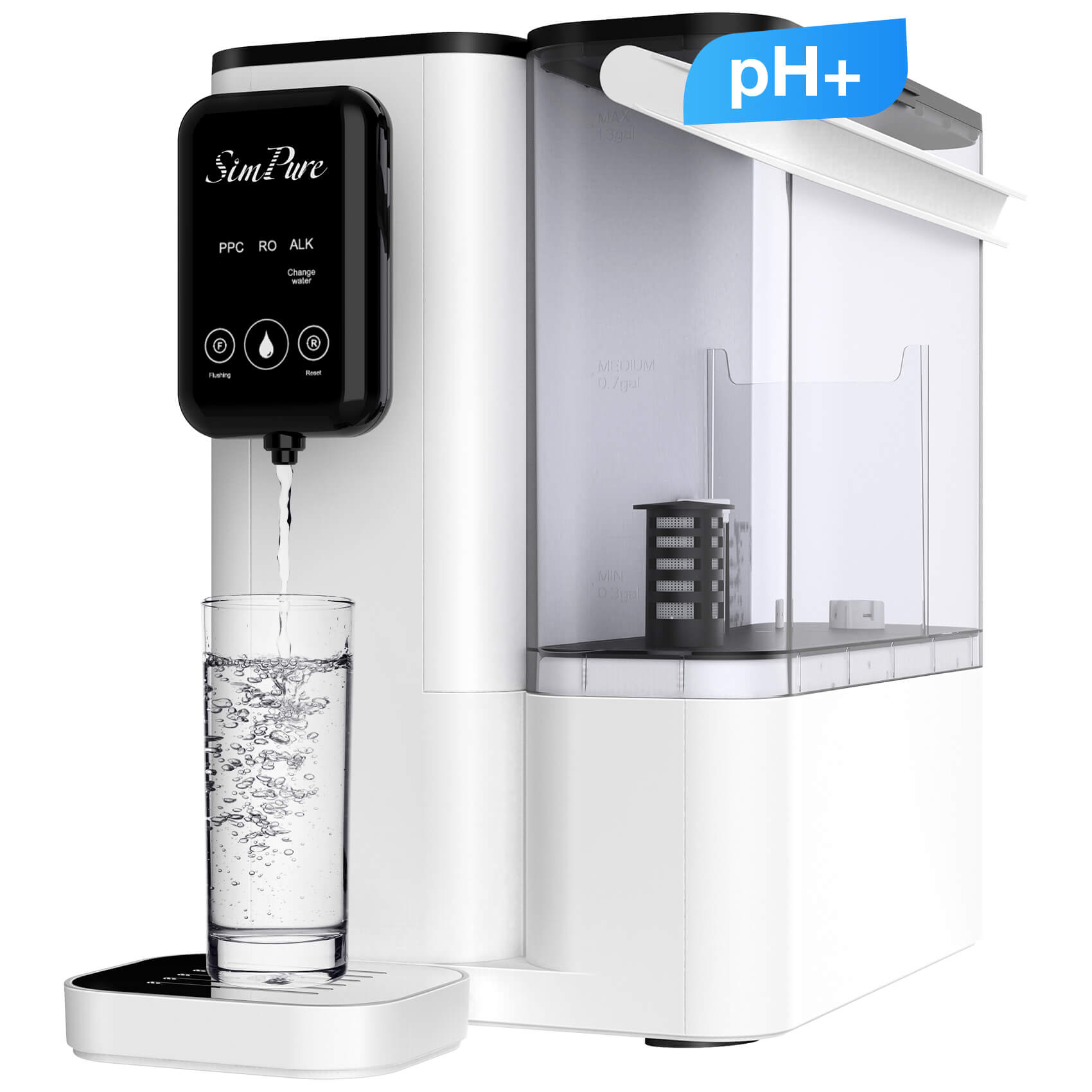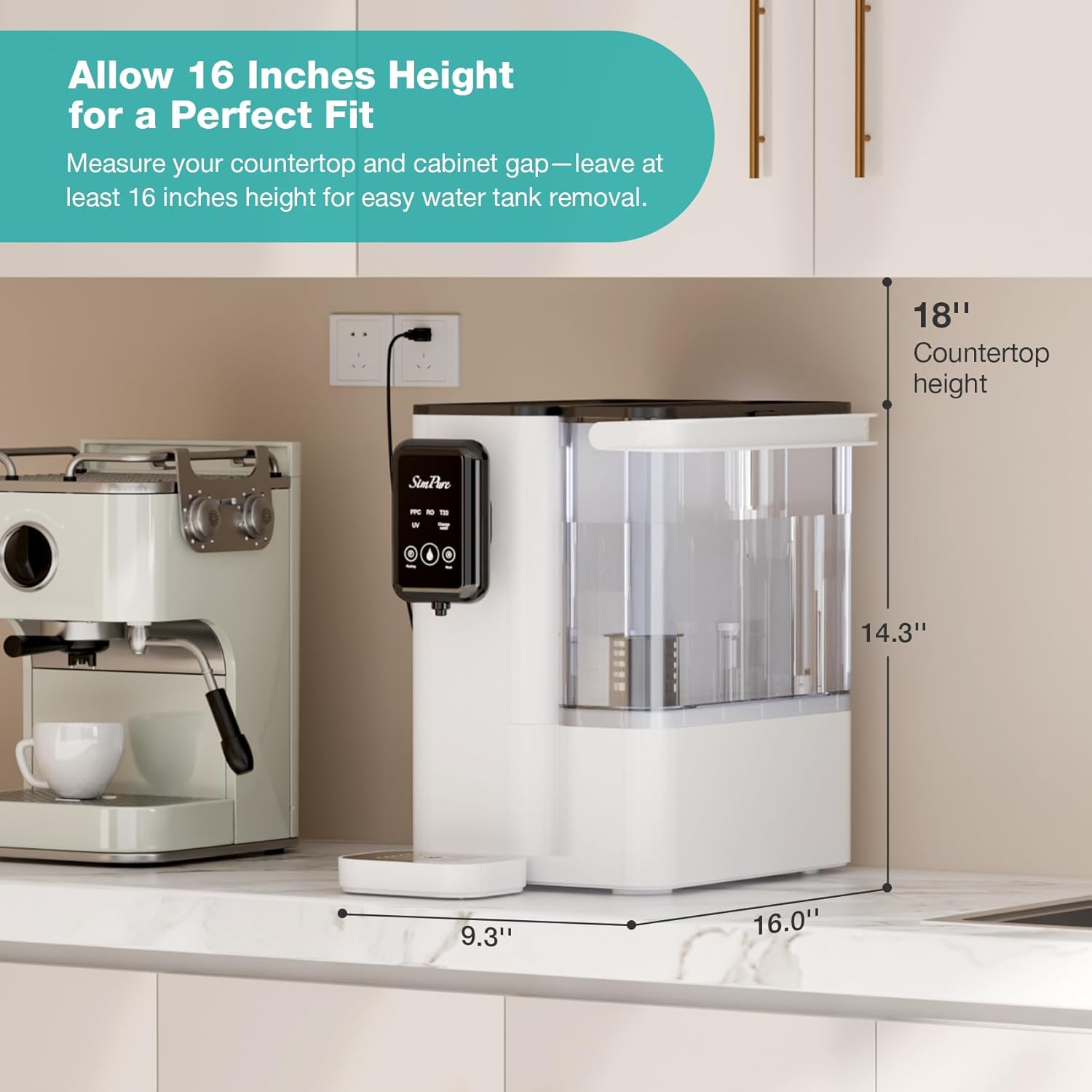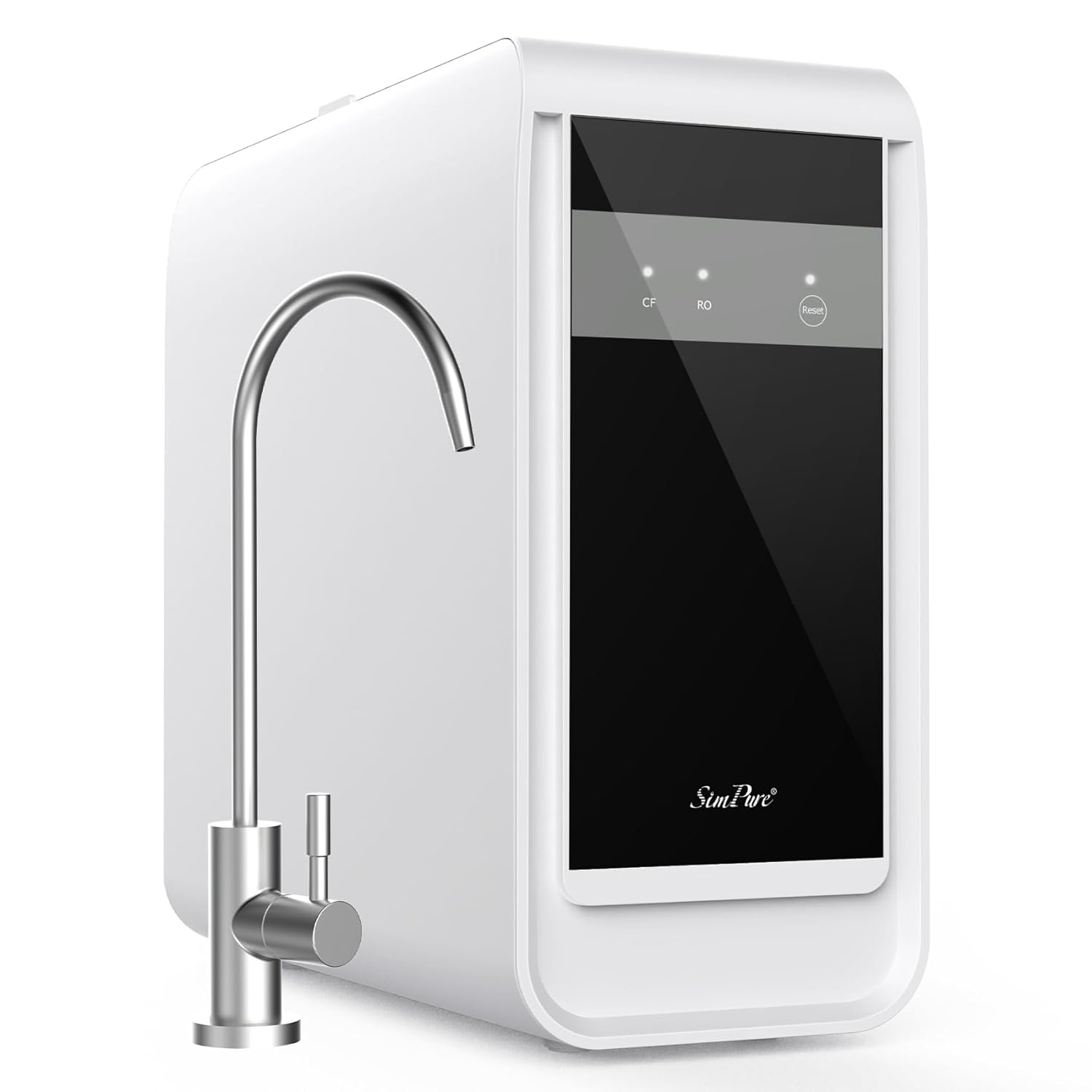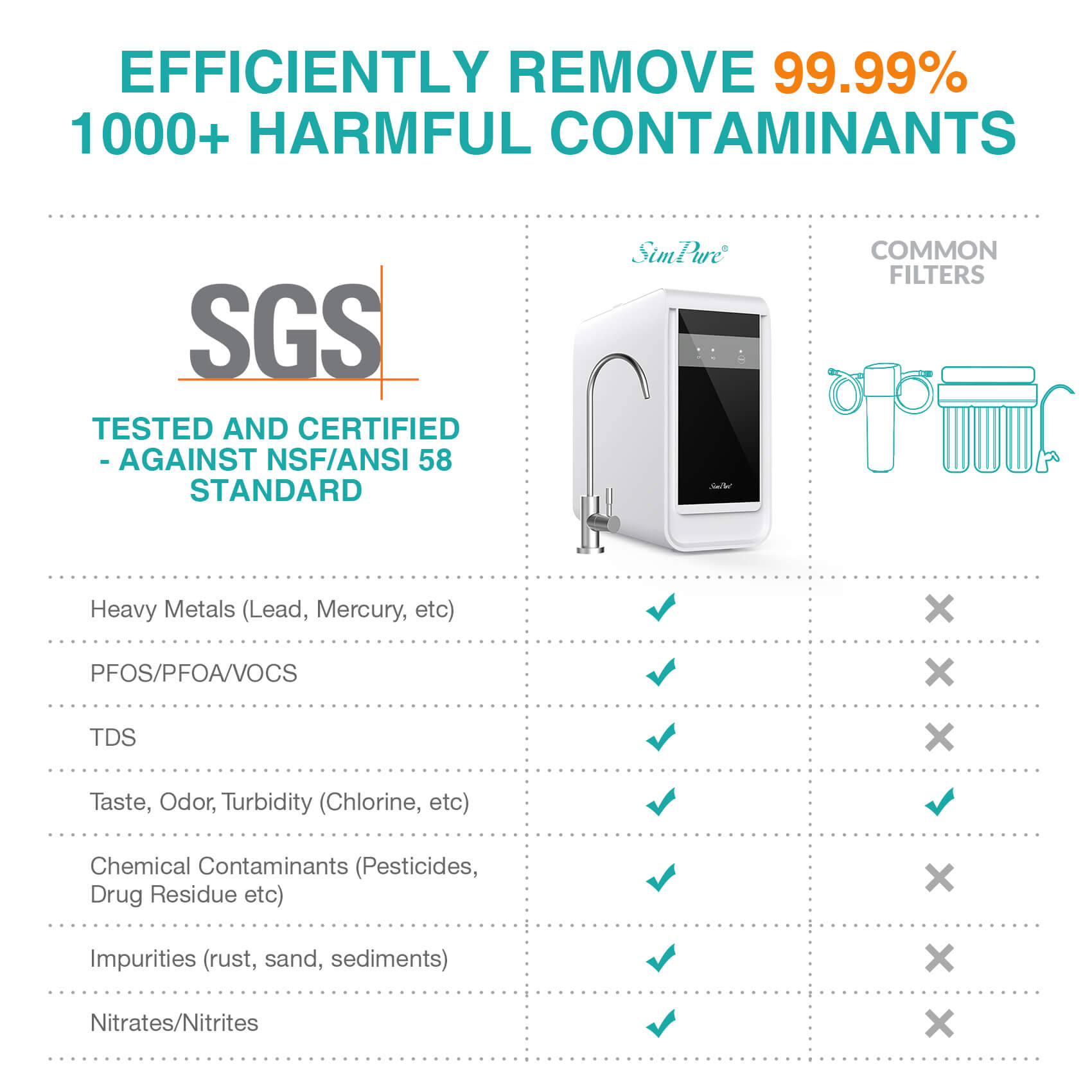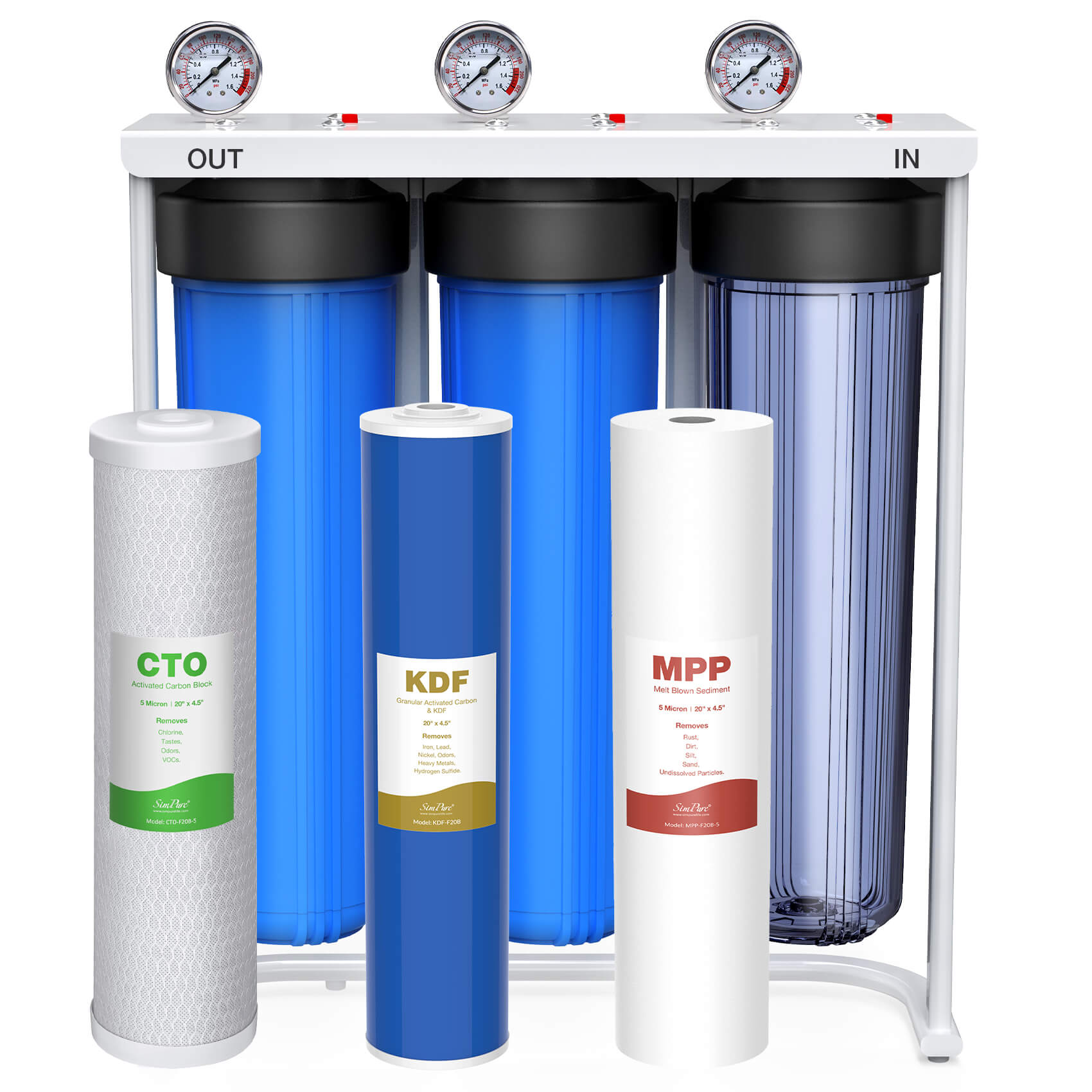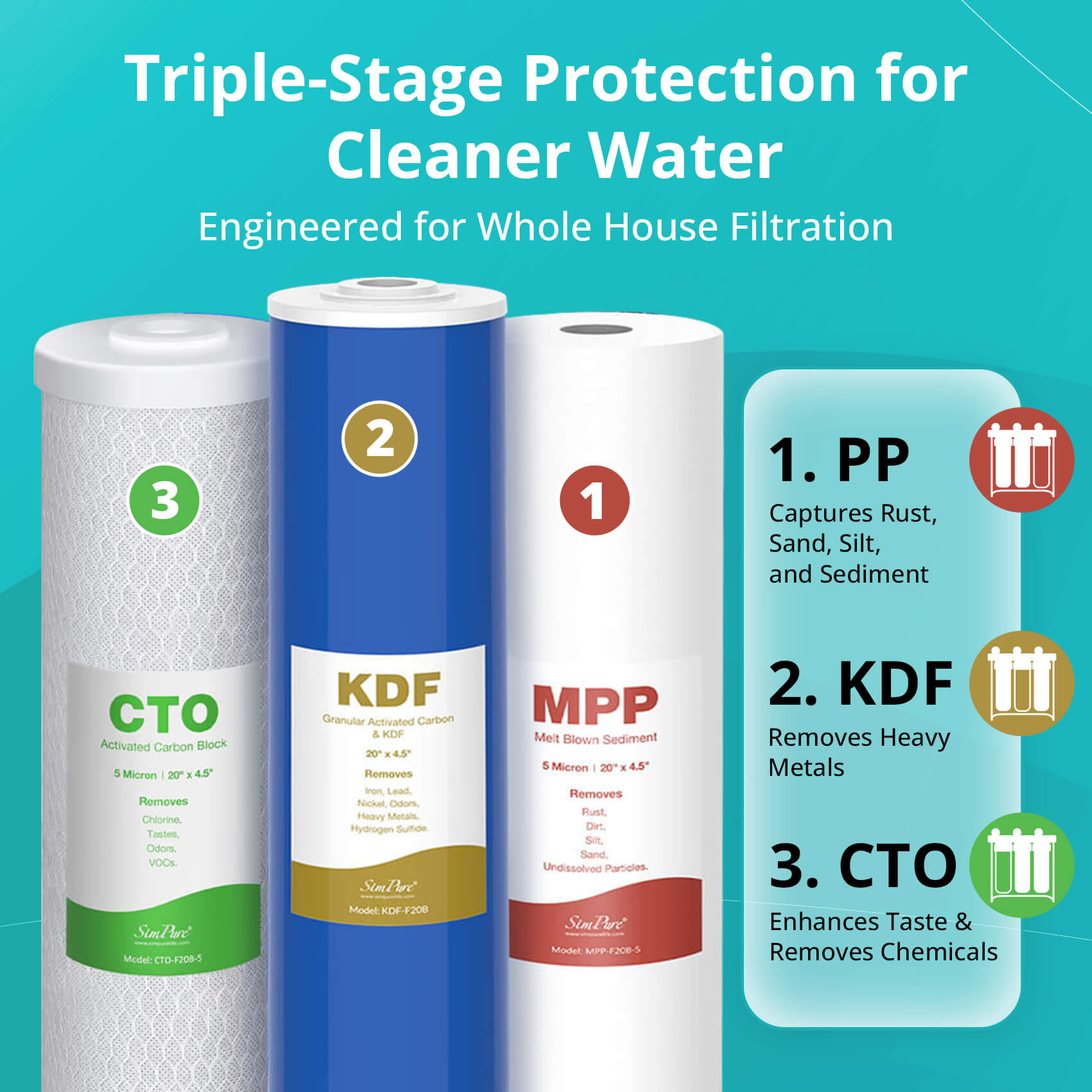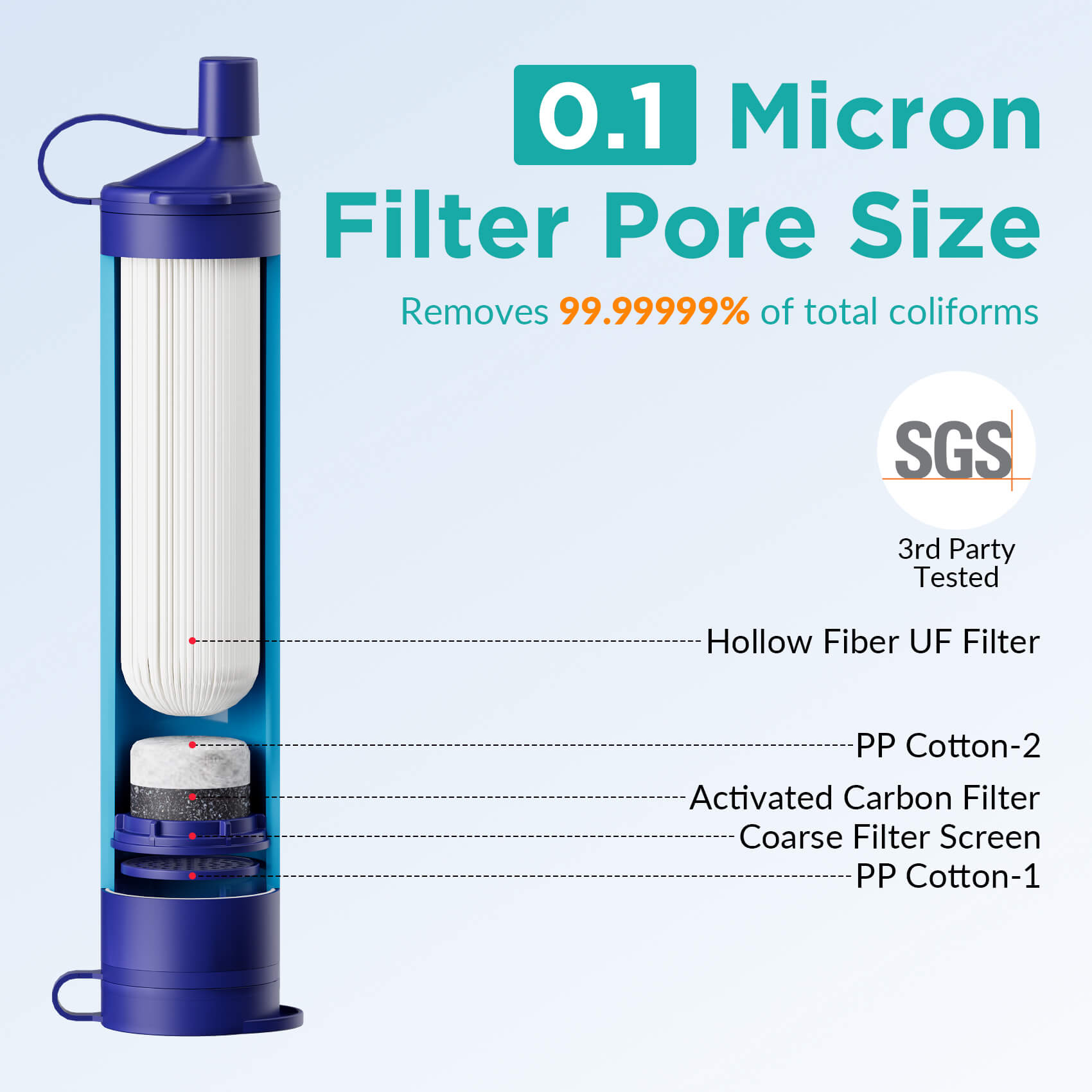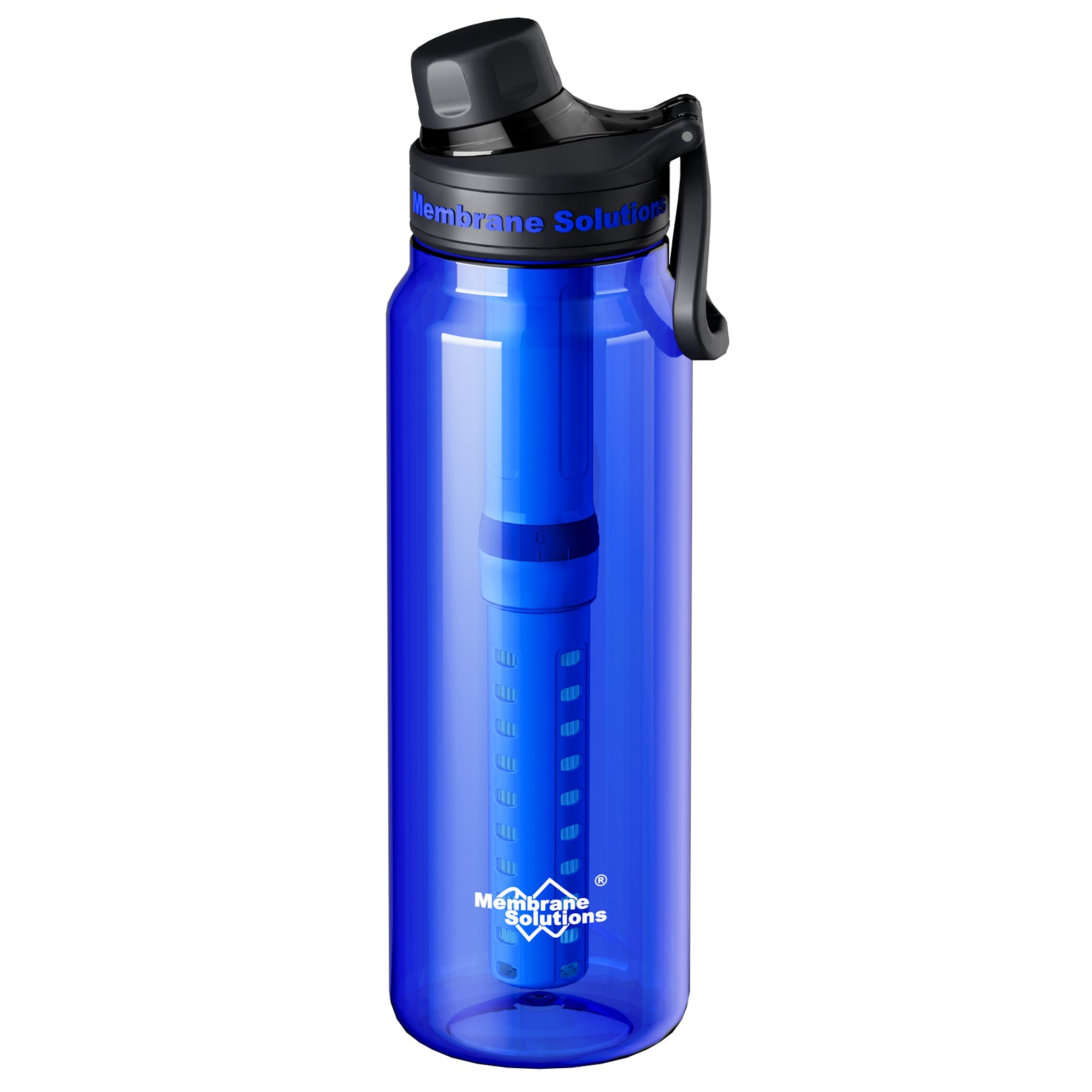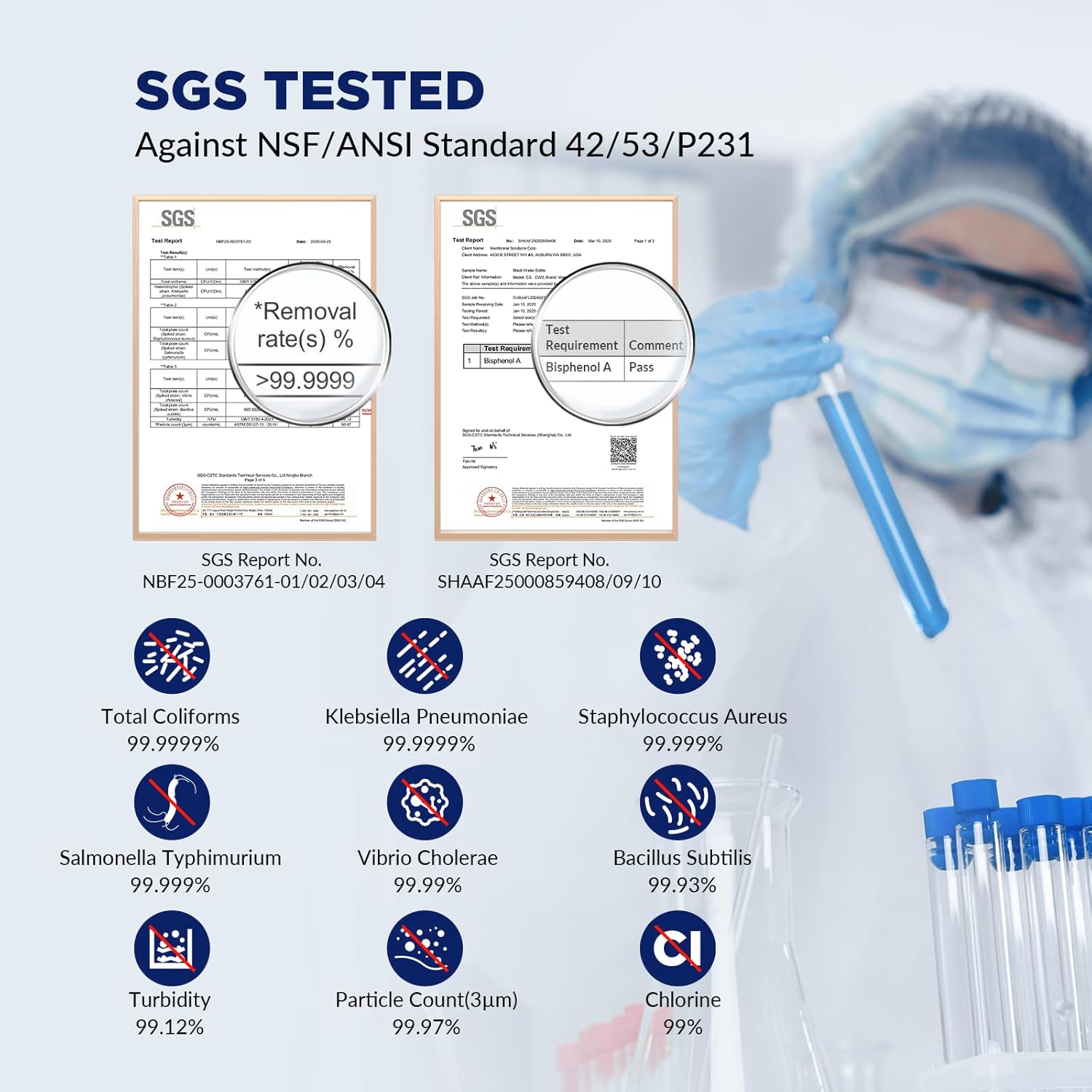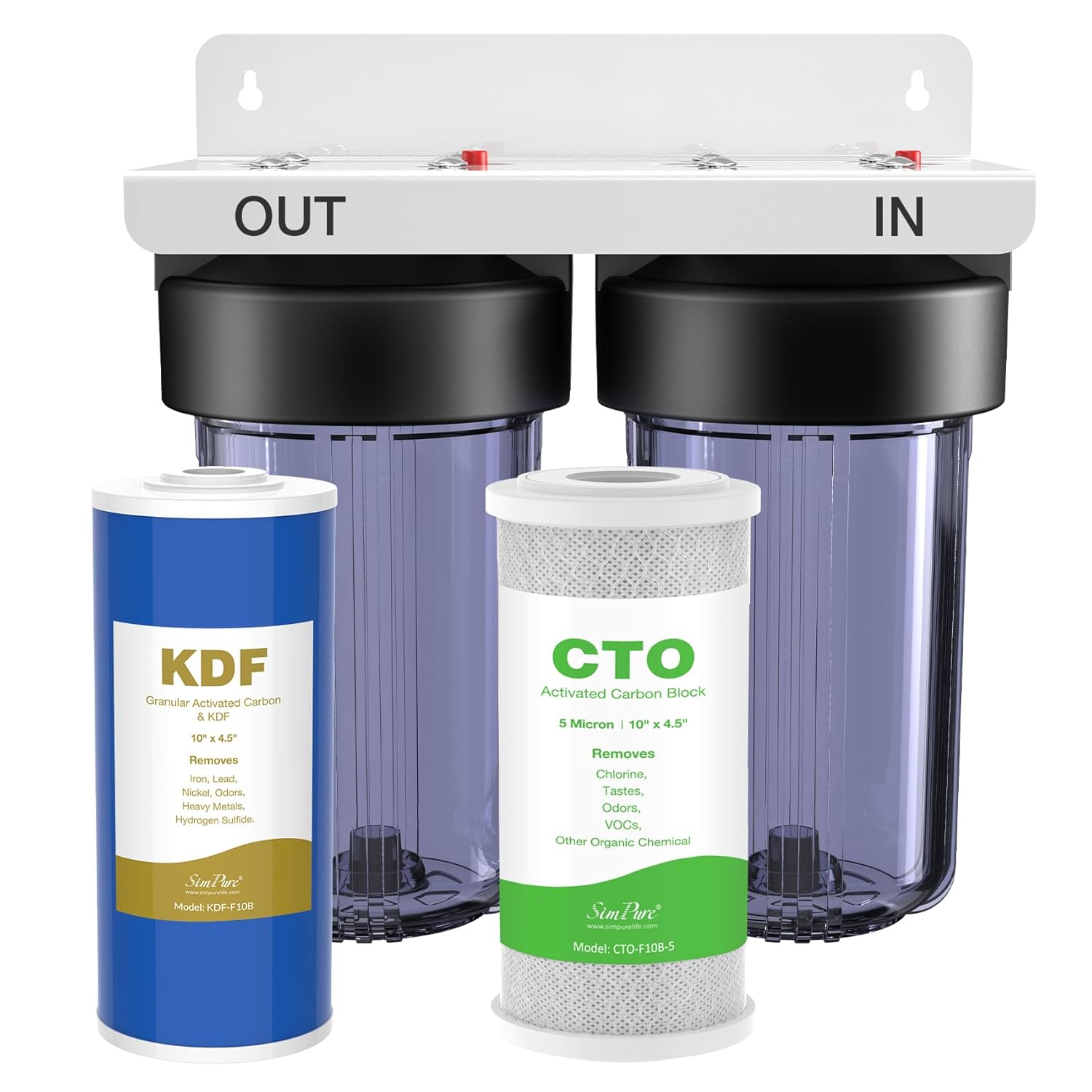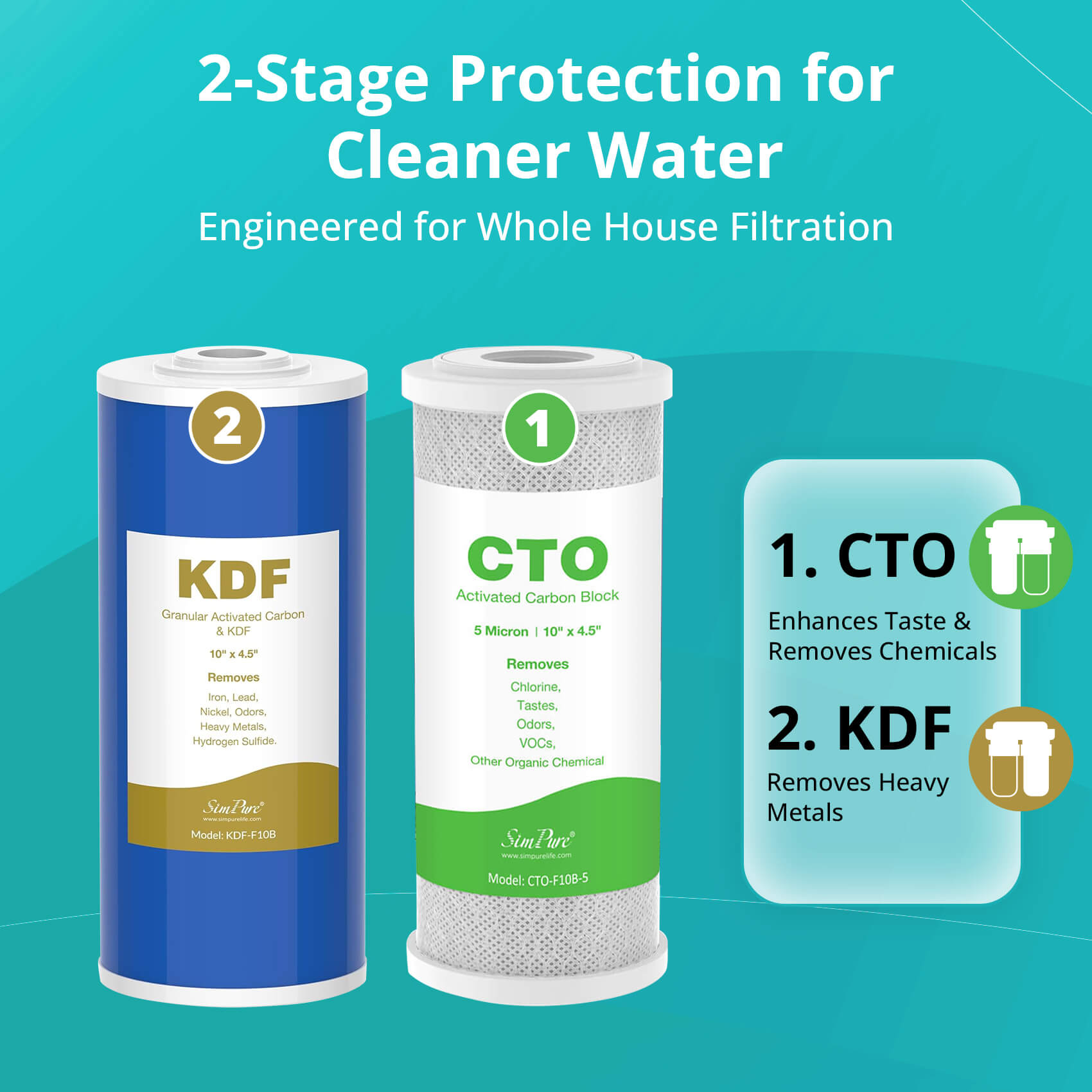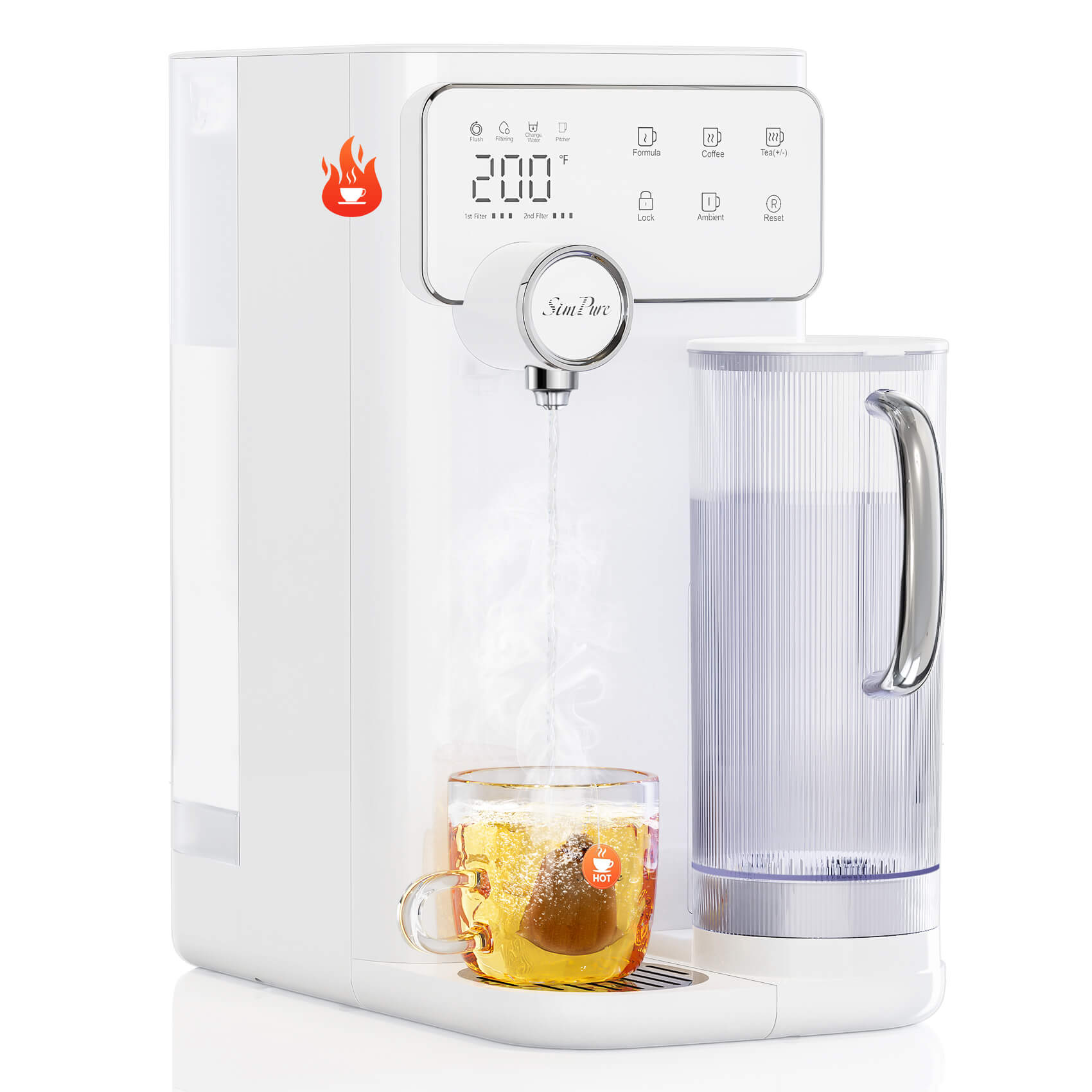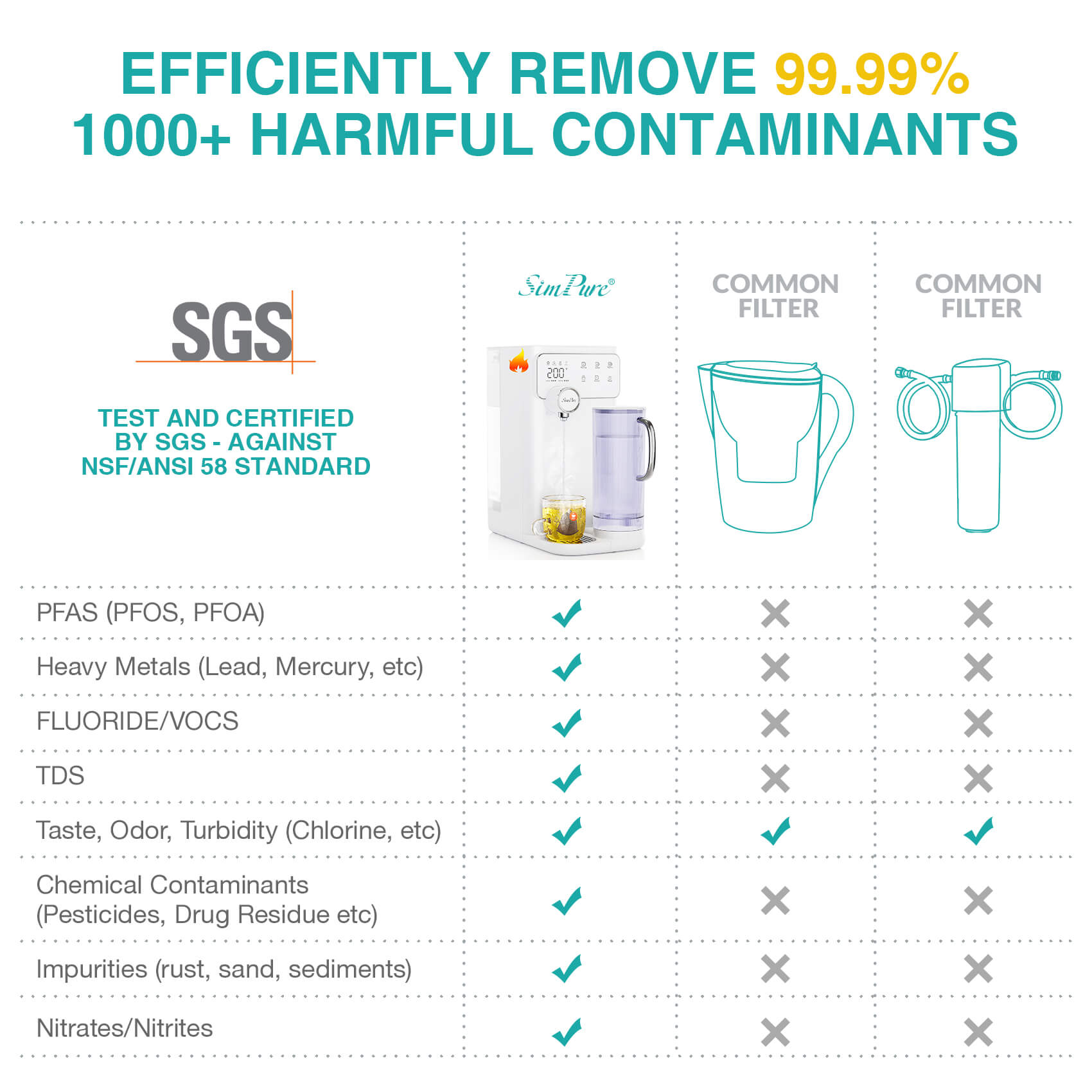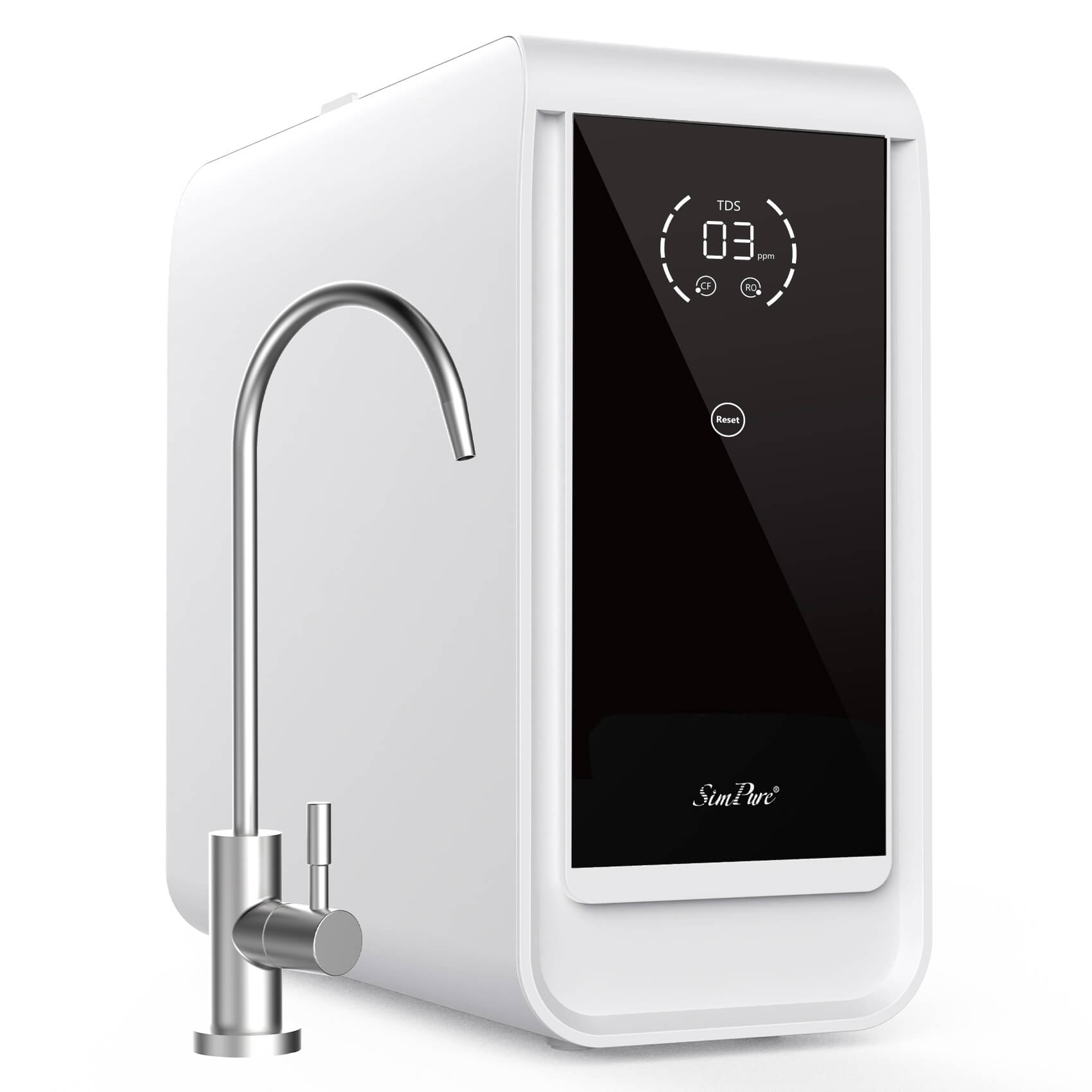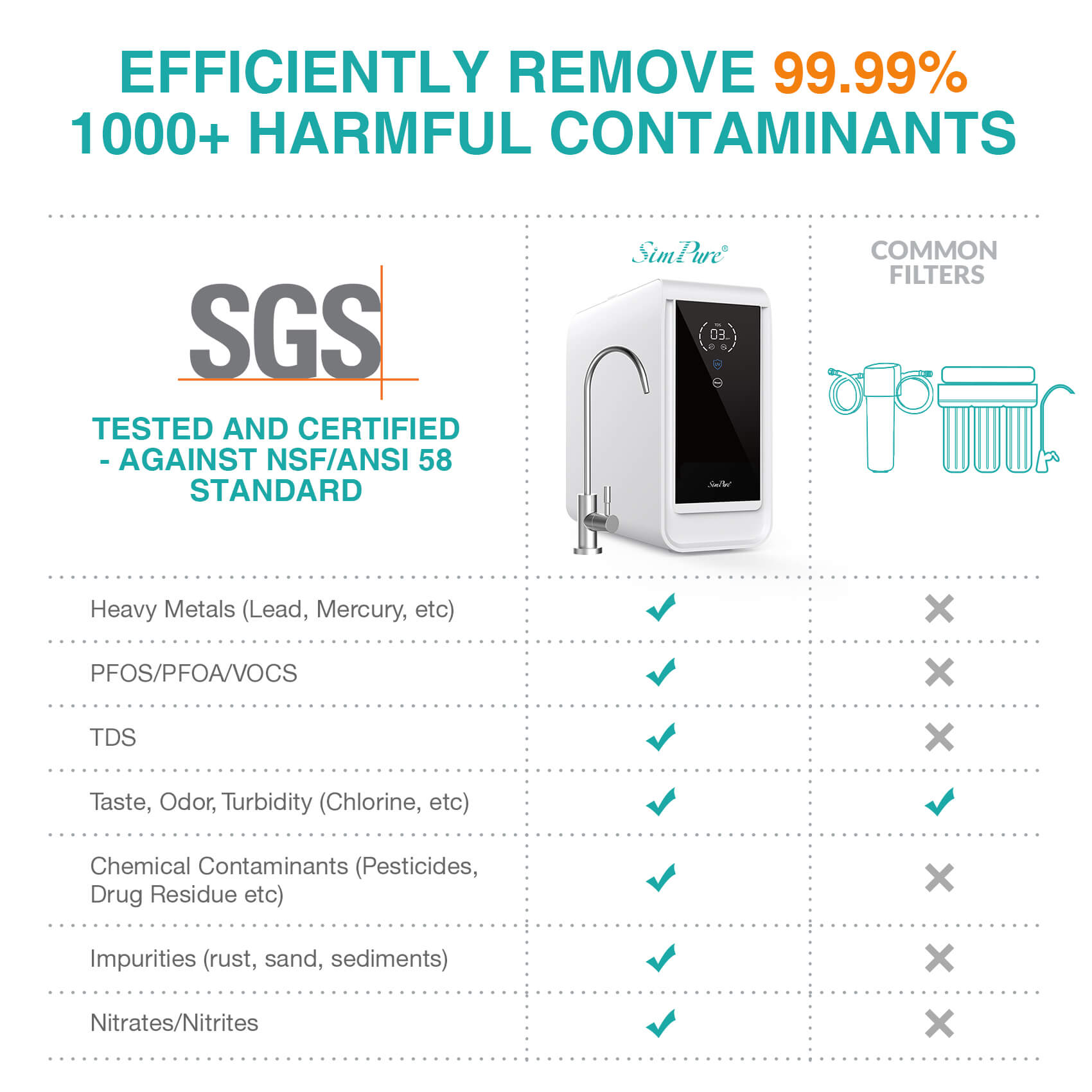You wouldn't drink dirty or contaminated water—so why should your pet? While tap water is convenient, it's not always the safest choice. Chemicals, bacteria, and even microplastics could be lurking in your pet's bowl. So, Is it Okay to give pets tap water? Well, some pets are more sensitive than others, and poor water quality can lead to long-term health issues. But don't worry! We'll break down the risks, test for safety, and explore better hydration options. Your pet deserves clean, healthy water every day. Let's find out how to provide it!
Is It Okay to Give Pets Tap Water?- Depends on

It depends on the quality of your local tap water, but in general, we don't recommend it unless it's properly filtered. Before deciding whether tap water is safe for your pet, you must consider what's actually in it. Tap water quality varies widely based on location, water treatment methods, and pipe conditions. Some municipal water supplies are clean and safe, while others contain chemicals, heavy metals, or bacteria that could pose risks to your pet's health. While many pets can tolerate tap water without immediate issues, long-term exposure to contaminants might lead to digestive problems, kidney issues, or weakened immunity.
Then we will dive further into why it is not safe to give your pet the rap water in the following content:
Potential Contaminants in Tap Water That May Harm Pets
The biggest concern with tap water is its composition. Even if your local tap water is considered safe for human consumption, it may still contain contaminants that could affect your pet's health. Pets have different tolerances to chemicals, bacteria, and other substances in water. What seems harmless to us might be dangerous for them, especially over time. Below, we'll explore the key contaminants in tap water and how they might impact your pet's well-being.
1. Chlorine and Chloramine: Are They Safe for Pets?
Chlorine and chloramine are disinfectants added to tap water to kill harmful bacteria and viruses. While they help protect human health, they can be problematic for pets.
Chlorine exposure: Low levels of chlorine in drinking water are generally not harmful, but high levels can irritate a pet’s digestive system, leading to upset stomach, diarrhea, or vomiting.
Chloramine risks: This compound, a mix of chlorine and ammonia, stays in water longer and is more stable. While it’s not immediately toxic, long-term exposure may contribute to weakened immunity and organ stress in some pets.
For pets with sensitive stomachs or pre-existing health conditions, reducing chlorine exposure is essential. Using a carbon-based water filter or letting tap water sit for a few hours before serving can help remove some of these chemicals. For more details, check our previous blog: how to remove chlorine from water.
2. Fluoride in Tap Water: Should Pet Owners Be Concerned?
Fluoride is added to municipal water supplies to promote dental health in humans, but its effects on pets are less clear.
Potential toxicity: While small amounts of fluoride are unlikely to cause harm, chronic exposure may contribute to weakened bones, joint issues, and neurological problems in pets.
Higher risk for smaller animals: Dogs and cats are much smaller than humans, meaning they absorb fluoride at a higher concentration relative to their body weight. Repeated exposure over time could lead to toxicity.
If you're concerned about fluoride in your pet's water, consider using a reverse osmosis filter or providing purified water alternatives. For more details, check our previous blog: how to remove fluoride from water at home naturally.
3. Heavy Metals and Other Harmful Substances
Old plumbing, industrial pollution, and water treatment processes can introduce heavy metals into tap water. Some of the most concerning metals for pets include:
- Lead: Found in aging pipes, lead exposure can damage the nervous system, cause anemia, and impair kidney function in pets.
- Arsenic: A naturally occurring toxin in groundwater, arsenic poisoning can lead to digestive issues, skin irritation, and long-term organ damage.
- Mercury and Cadmium: These metals, often from industrial runoff, can affect liver and kidney function over time.
Because heavy metals accumulate in the body, prolonged exposure increases the risk of health complications. Testing your tap water for heavy metals and using a high-quality filtration system can help reduce these risks. For more details, check our previous blog: how to remove heavy metals from water at home.
4. Microplastics, Bacteria, and Parasites in Tap Water
Even treated tap water isn’t always free from invisible contaminants like microplastics, bacteria, and parasites.
- Microplastics: These tiny plastic particles come from industrial waste, plastic bottles, and pipes. While research is ongoing, microplastic exposure may contribute to inflammation and digestive issues in pets.
- Bacteria and Parasites: Contaminants like E. coli, Giardia, and Cryptosporidium can sometimes survive water treatment processes. If ingested, they may cause diarrhea, dehydration, and serious infections in pets.
Pets that drink from contaminated tap water could develop recurring digestive problems or infections. If you suspect your water quality is compromised, filtering it or providing bottled water may be a safer option. For more details, check our previous blog: best water filter for microplastics.
How to Check If Your Tap Water Is Safe for Pets

Even if your local water is deemed safe for humans, it may still contain substances that could harm your pet. Here are specific steps to determine whether your tap water is pet-friendly:
1. Review Your Local Water Quality Report
Most municipalities provide an annual water quality report (Consumer Confidence Report).
Check for contaminants like chlorine, fluoride, heavy metals, and bacteria.
Compare the detected levels with EPA safety standards for drinking water.
2. Test Your Tap Water at Home
Use a home water testing kit to check for pH, chlorine, lead, nitrates, and bacteria.
Some pet stores also sell test kits specifically designed for pet safety.
3. Observe Your Pet’s Health and Behavior
Look for signs of stomach upset, excessive thirst, or skin irritation.
A sudden change in water intake or urinary issues may indicate contamination concerns.
Best Alternatives to Tap Water for Pets
If your tap water contains contaminants or if you're unsure about its safety, it's wise to consider alternative water sources for your pet. Pet owners often ask: Is filtered water better than tap water? Should I give my pet bottled water? Is distilled water safe? Each option has its pros and cons, depending on factors like contaminant removal, cost, and mineral content. Let’s explore the best water choices for your furry friend.
1. Is Filtered Water Better Than Tap Water for Pets?
Filtered water is a popular choice for pet owners concerned about tap water contaminants. Here’s why:
How Water Filters Remove Harmful Contaminants
Filters can reduce chlorine, heavy metals, and bacteria, improving water safety.
Reverse osmosis and activated carbon filters are effective for removing fluoride, lead, and other toxins. You can choose SimPure RO systems for a combined comprehensive solution:
Best Types of Water Filters for Pet Owners
- Carbon filters (like faucet or pitcher filters) remove chlorine and improve taste.
- Reverse osmosis systems offer the most comprehensive filtration.
- Pet-specific water filters help keep your pet’s drinking water clean and fresh.
2. Is Bottled Water a Safer Choice for Pets?
Many pet owners assume bottled water is safer, but there are some considerations:
Comparing Mineral Content and Plastic Contamination Risks
Some bottled water contains essential minerals, which can benefit pets.
However, plastic bottles may leach chemicals like BPA and microplastics, which could harm your pet’s health.
Spring water is often the best bottled option, as it is minimally processed.
3. Can Pets Drink Distilled Water?
Distilled water is pure, but is it the best choice for pets?
Impact on Hydration and Electrolyte Balance
Distilled water lacks essential minerals like calcium and magnesium, which pets need.
Long-term consumption may lead to electrolyte imbalances, especially in active pets.
If choosing distilled water, supplement with a balanced diet to ensure proper nutrient intake.
Conclusion
So, is it okay to give pets tap water? It depends on your local water quality. Some tap water contains harmful contaminants like chlorine, fluoride, heavy metals, and bacteria, which could impact your pet’s health. To keep your furry friend safe, consider using filtered or bottled water as a better alternative.



